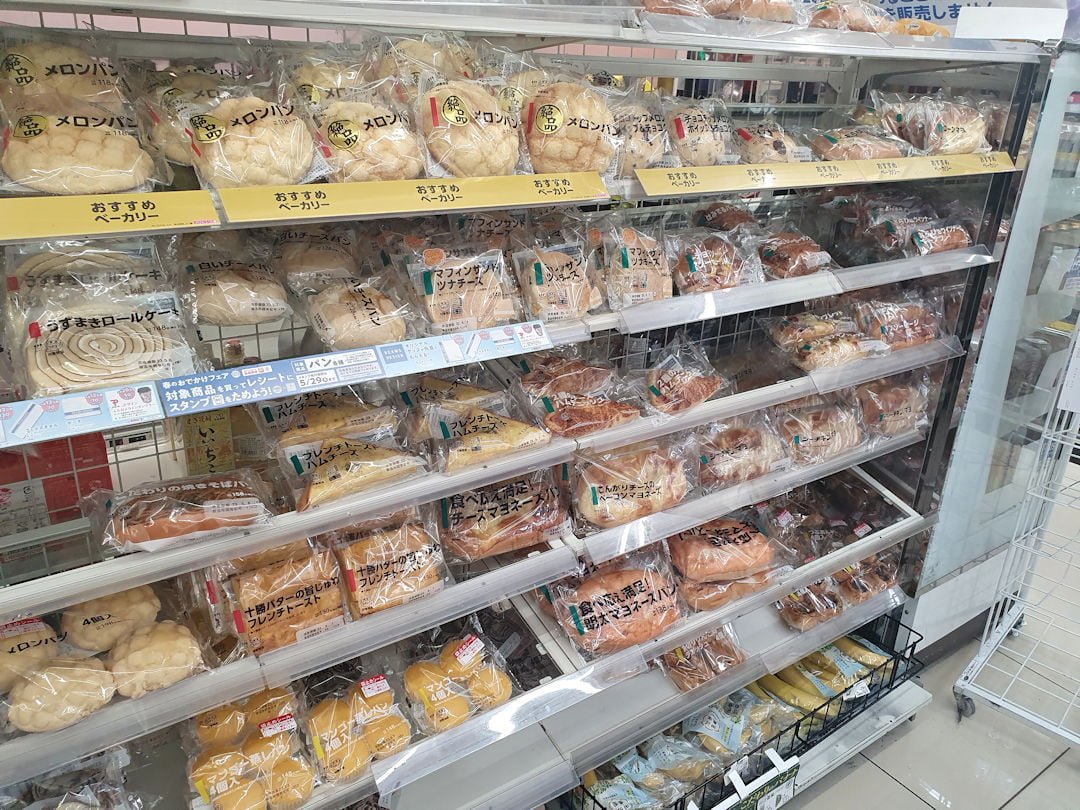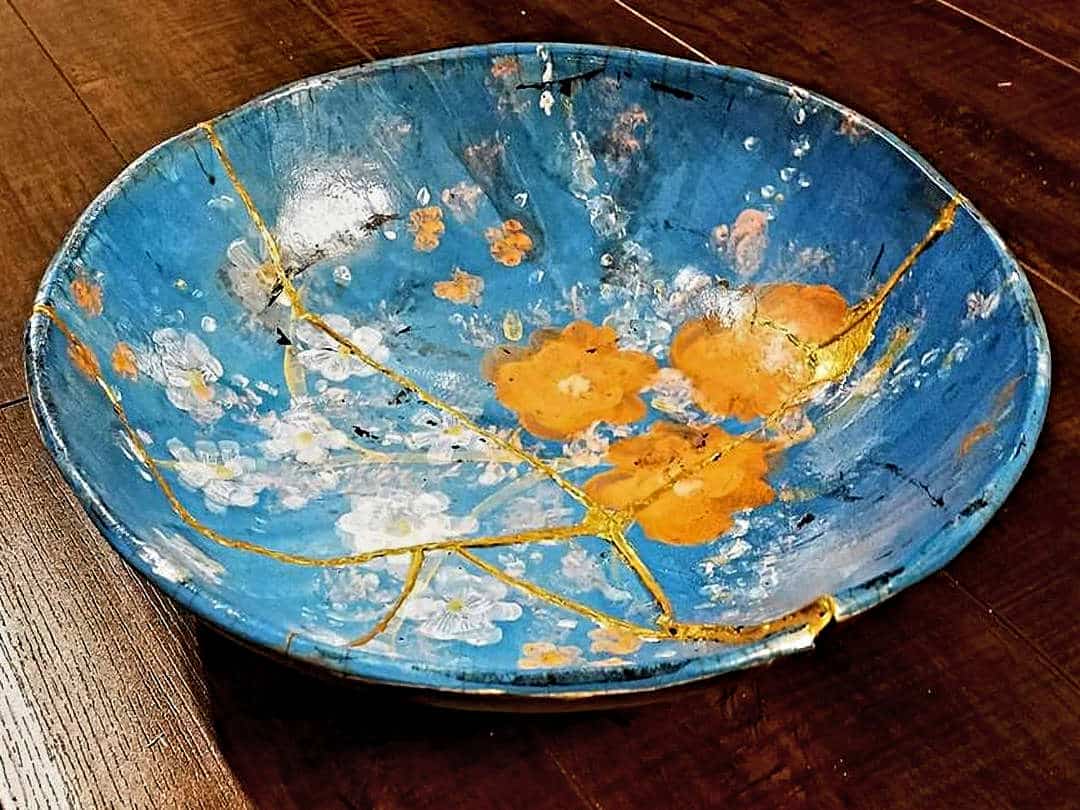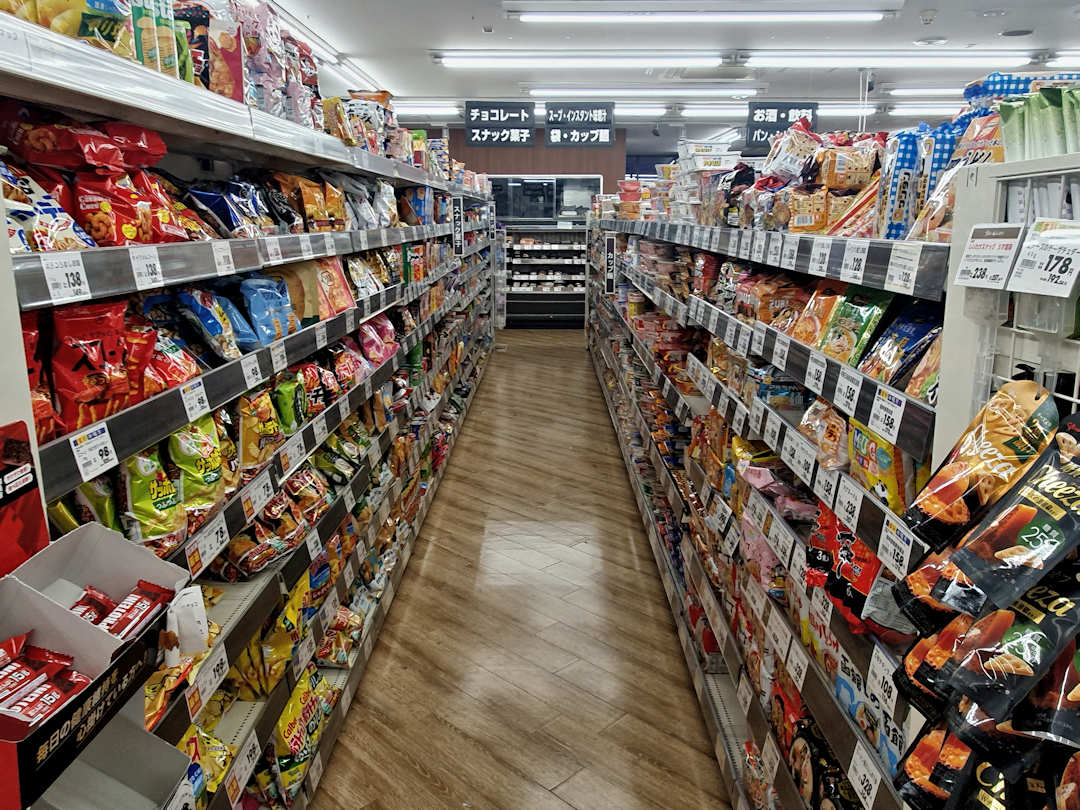This article may contain links to products and services we use and recommend. We may receive compensation when you click on links to those products. For more information, see our Disclosure Policy.
Sustainability is one of our shared values. Living our values (as much as possible) means we limit our ecological footprint wherever we are in the world. As we prepared for our trip to Japan in early 2023, we realised the biggest challenge while travelling around the country wouldn’t be the language barrier but the challenge of limiting our (single-use) plastic waste. If you’re planning to visit Japan and want to do your utmost NOT to contribute to Japan’s plastic waste problem, this article is for you.
How big is Japan’s plastic problem?
We did some research (after our trip), and sadly, what we feared was what we found.
On a per capita basis, Japan is the world’s largest consumer of PET bottles and the second largest generator of plastic packaging waste. Japanese use an average of 450 plastic shopping bags per person per year (more than one a day).

Japan has the second-highest plastic waste emissions per person in the world | Source: Plastic Atlas Japan (licence: CC-BY-NC-ND 4.0)
What are the drivers of that plastic addiction?
Unfortunately, we couldn’t find a clear answer anywhere.
There are the obvious drivers, such as Japan’s focus on customer satisfaction:
- One way businesses show that they care is by presenting goods in an attractive manner. Packaging is used to please the eye, emphasise quality, and ensure an item remains in pristine condition (even if it means using Styrofoam).
- Convenience stores and vending machines are (almost) everywhere. You never need to go far to quench your thirst or fill your stomach. You get all the utensils you may need: cutlery, condiments, and moist tissue to wipe your hands.
- When grocery shopping in a convenience store or supermarket, (almost) everything is portion-sized to keep it all as fresh as possible. And to ensure your groceries make it home safely, a plastic bag is added at the check-out.
- When it rains, umbrella sleeve dispensers are placed at the entrance of stores, museums, etc., so patrons don’t have to carry a wet umbrella around and prevent slips and falls.

Almost everything in Japan is wrapped in plastic, often multiple times, causing a lot of plastic waste
On the flip side, Japan is known for concepts like Mottainai (too good to waste) – the habit of repurposing and/or repairing goods – and the associated Kintsugi, the skilful art of repairing broken pottery. Indeed, we encountered quite a few small shops where the elderly owners earned a living from mending broken items. Another uniquely Japanese concept is Furoshiki – wrapping things in cloth (including food). That’s how my former boss’ Japanese wife would send him off in the morning: his lunch skillfully wrapped in a colourful cloth.
How can both – the mindset of resource consciousness and the total opposite – exist simultaneously?

Among all the plastic, Japanese are also resource conscious, as Kintsugi (the skillful repair of broken items) shows | Photo on Wiki Media Commons
Is there waste separation in Japan?
While there is a noticeable lack of rubbish bins in public (apart from the recycling bins you may find next to vending machines), this doesn’t mean that all waste ends up in one big garbage bag. Household waste is separated. Sadly, the process is different in every city and not always followed in tourist accommodations.
To give you an example, this is the waste separation and collection scheme applicable in the city of Sapporo (a dumbed-down English version was supplied at our short-term rental accommodation):

Booklets like this are handed out to households in Sapporo to ensure correct waste separation (and collection)
Sapporo, sadly, was an exception. In most accommodations we stayed in, waste was separated twofold:
- PET bottles, glass bottles and cans; and
- everything else (combustible waste).
What happens with the waste?
Since PET bottles are such a problem and are separately collected, let’s take a closer look at them.
Thanks to the collection and separation schemes, 93% of PET bottles sold are collected and 86% end up being recycled.

According to research, Japan has the highest collection and recycling rate of PET bottles worldwide | Source: Plastic Atlas Japan (licence: CC-BY-NC-ND 4.0)
It sounds awesome, doesn’t it? Particularly if you look at the above graph and compare it to the European Union (which we thought would be way ahead when it comes to recycling). Hold the horses.
Recycling in Japan doesn’t mean material/mechanical recycling (reuse as raw material for another bottle, for clothing, etc). No. In Japan, only 22% of plastic waste (including PET bottles and other plastic packaging) undergoes material/mechanical recycling. Most end up in incineration plants, which produce electricity – also called thermal recycling – and sometimes not even that.

The majority of plastic waste in Japan is being incinerated | Source: Plastic Atlas Japan (licence: CC-BY-NC-ND 4.0)
The above recycling rate only applies to what remains in Japan. In 2020, Japan exported 820,000 tonnes of plastic waste to Southeast Asian countries such as Malaysia, Thailand, and Taiwan—roughly 46% of the total.
If you’re interested to learn how an incineration plant works (and visit an art work at the same time), you can visit the Maishima Incineration Plant in Osaka, designed by none other than Friedensreich Hundertwasser.

The Maishima Incineration Plant in Osaka offers public tours | Photo on Wiki Media Commons
Is there any good news about Japan’s (plastic) waste (management)?
Fortunately, there are a lot of positive things happening, too.
Firstly, while Japan is one of the largest producers of plastic waste, it is also one of the top performers globally in terms of plastic waste management. Now, it just needs to reduce the creation of plastic waste in the first place heavily. The good news here: As you can see in the above graph, per capita plastic waste has been declining.
Streets in Japan are (largely) litter-free despite the lack of rubbish bins in public. That and the 93% collection rate for PET bottles indicate the strong collective goodwill among the Japanese population regarding (plastic) waste management.
Local zero-waste initiatives are leading the way:
- Kamikatsu in Tokushima prefecture became the first municipality to declare zero waste in 2003. It is now more than 80% on its way to achieving its goals by 2030.
- In January 2021, Kameoka City in Kyoto prefecture became the first municipality in Japan to ban retailers from providing single-use shopping bags.
As of July 2021, 84% of Japan’s population lived in municipalities that have committed to reducing plastic waste:

Local governments are leading the way in reducing Japan's plastic waste problem | Source: Plastic Atlas Japan (licence: CC-BY-NC-ND 4.0)
Government legislation is also slowly changing. For example, in 2019, the Japanese government adopted the Resource Circulation Strategy for Plastics, and in 2022, it enacted the Law Concerning the Promotion of Resource Recycling Related to Plastics.
While zero waste living in Japan (as in many other countries) remains a huge challenge, zero waste promoters among Japan’s content creators, such as Ran Nomura from Zero Waste Japan and Life Hugger, as well as Zenbird Media, enjoy a steadily growing audience.
Dreaming of exploring Japan without breaking the bank?
Discover how much it really costs to travel in Japan and learn practical tips to save money without compromising on incredible experiences. From affordable transportation options to budget-friendly meals, our guide will help you plan an unforgettable journey that aligns with your values and budget.
How to limit (plastic) waste while travelling in Japan?
When travelling in Japan, there are several steps you can take to limit your contribution to the country’s plastic waste problem.
Accommodation
Avoid staying in hotels (full stop) or choose only those with a clear sustainability and/or waste management policy (stated on their website).
If you can’t find a sustainable hotel alternative, refrain from using the single-use slippers provided—leave them untouched in their plastic wrapping. Don’t use minibar items and portion-sized amenities such as soap, shower gel, shampoo, lotion, toothbrush, toothpaste, etc. Instead, bring and use your own.
At your short-term rental, follow the waste separation rules. If your host does not provide details, just contact them and ask. Properly clean food containers that are being recycled (including containers for yoghurt, jam, etc., and tetra-paks for juice or milk).

Follow the waste separation rules at your accommodation, and if no instructions are provided, ask your host
Groceries and Dining
A big step in limiting the amount of PET bottles and/or cans your stay in Japan adds is to refill your water bottle at your accommodation before you head out for the day. Tap water in Japan is generally safe to drink. If you have doubts or don’t like the taste of the water at your accommodation, simply boil it or use the MyMizu app to find a safe refill station.
Another way to reduce plastic waste is to cook at your accommodation or dine out instead of relying on ready-made convenience store meals in plastic or styrofoam containers.

Convenience store meals come in plastic or styrofoam containers - Cook at your accommodation or dine out instead
When dining out, bring your own set of chopsticks instead of using the single-use ones provided (yes, even if they are made from bamboo). You can borrow a set from your short-term rental’s kitchen (don’t forget to return them at the end of your stay) or bring your reusable chopsticks (specialised shops sell a vast range, and a pair makes a great souvenir to take home). Additionally, refuse straws and bring your metal straw if you prefer using one.
Try to buy your groceries at farmers’ markets, fish markets, bulk food stores, greengrocers and bakeries. Remember to bring your containers and bags to avoid using plastic packaging.
If you need to shop at a supermarket or convenience store, look for items that are unwrapped or only wrapped once, such as nuts, cookies, or loose fruit and vegetables. Whenever possible, choose glass jars and bottles over plastic.

When groceries shopping, look for items that are unwrapped or only wrapped once, such as nuts, cookies or loose fruit and vegetables
If the cashier tries to put your items in a plastic bag or wrap glass jars/bottles in bubblewrap, kindly ask them not to:
- Rapping-wa na-shi-de, ku-da-sai (no wrapping, please) OR
- Sono-mama de dai-jō-bu des (It’s okay as it is) OR
- simply I-ra-nai des (I don’t need it).
The latter two can also be used to avoid the addition of cutlery, condiments, hand wipes, etc.
Activities
If you’re out in the rain with an umbrella and enter a building, don’t use the sleeves provided. Instead, leave your umbrella in the umbrella locker (if there is one) or put it into the pocket it came with, a dry sack (or reusable plastic bag you keep for that purpose).

When sightseeing in the rain, use an umbrella locker when you're entering a building
What steps have you taken to avoid adding to Japan's plastic waste problem?
I wrote this guide based on my own experience. If you have visited Japan, what positive local examples did you encounter on your travels?
Before you go, if you liked our article and found it helpful, we would appreciate it if you could share it with your friends and family via the Share buttons below. Even better: Leave a short review on Trustpilot or Google, which would help us further build our online reputation as a (trustworthy and helpful) travel and lifestyle blog.

